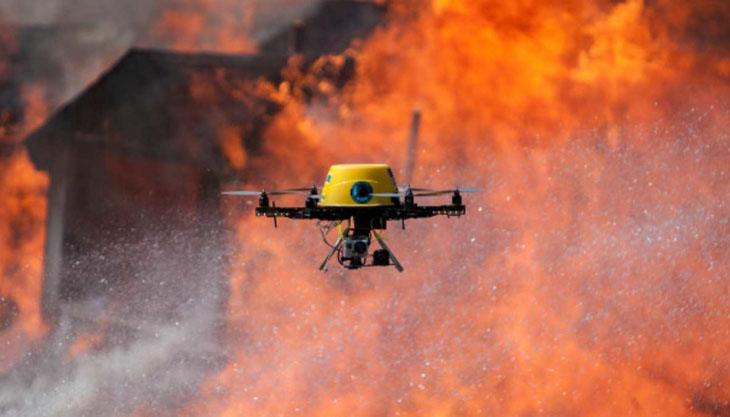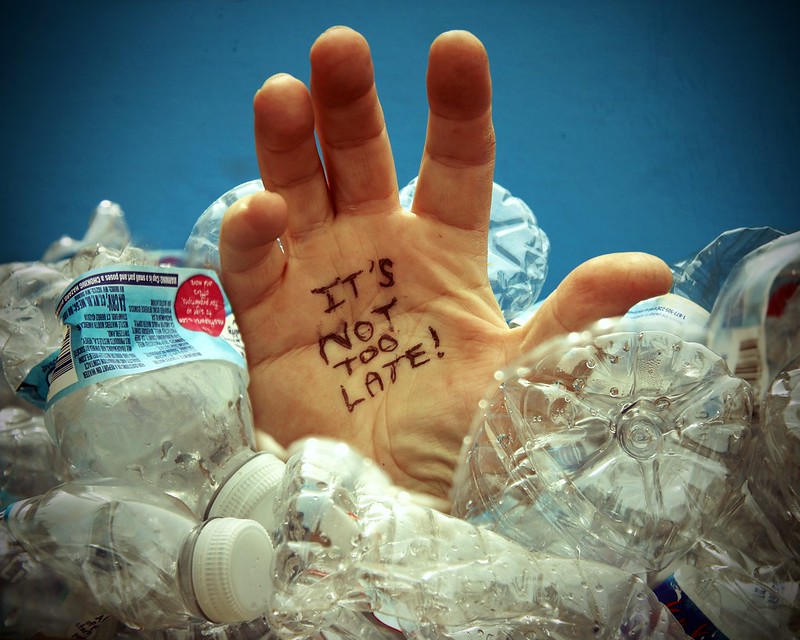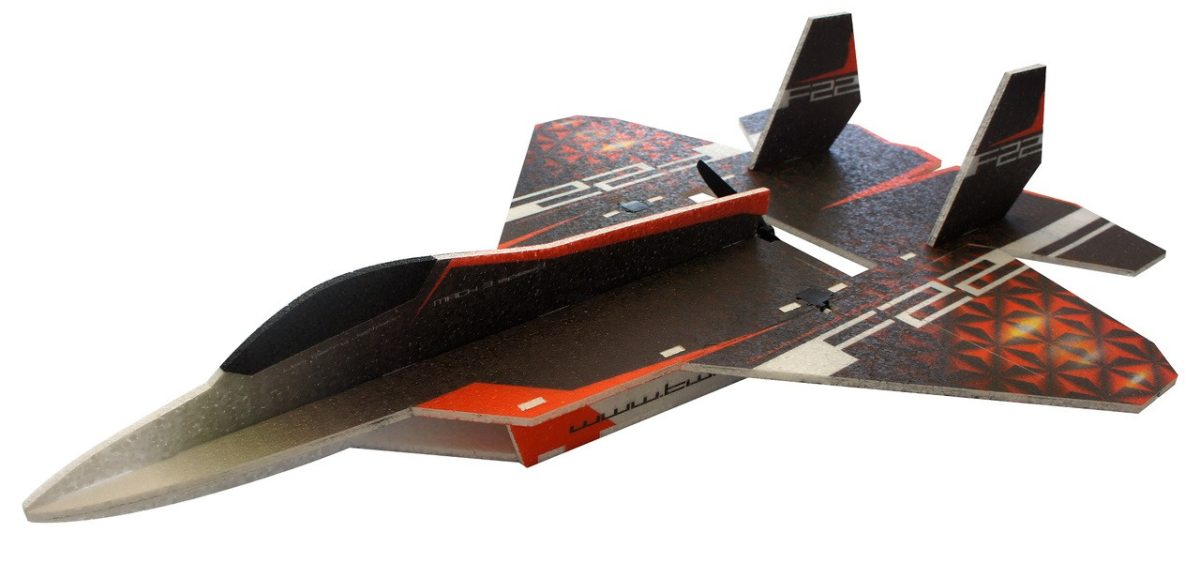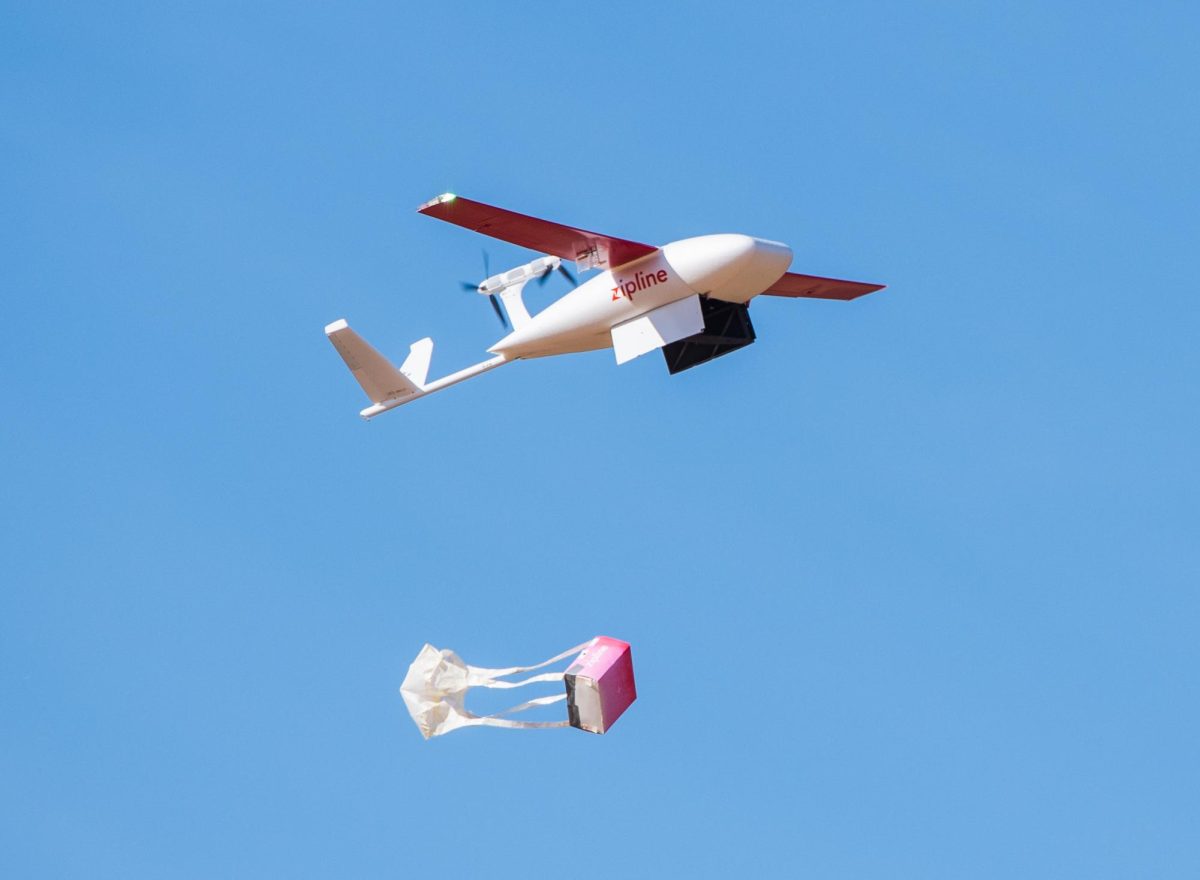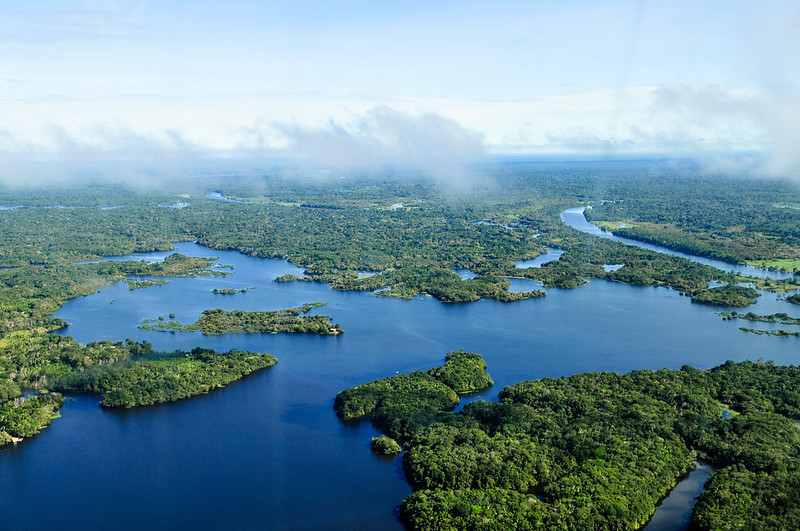Firefighting has changed a lot over time from simple bucket lines to today’s high tech tools, and drones are now part of that evolution. Understanding how people fought fires in the past helps us see why drones are useful today and how they could make future firefighting safer and smarter.
In the past, people relied on bucket brigades, where people passed water in lines from wells to the fire, and later on hand-pumped and then steam-powered engines pulled by horses. As cities grew, organized fire brigades and better equipment slowly replaced these early methods. These approaches were a lot of work, slower, and sometimes unsafe because firefighters had to get very close to heat and smoke.
Today, drones (also called remotely aircraft systems) are helping firefighters work faster and more safely. They provide live growing views so incident commanders can see the whole scene, find hot spots with infrared cameras, and lower the need for risky low-flying helicopter missions. In wildfires, U.S. Forest Service teams have used drones not only for mapping and thermal imaging but also for aerial ignition dropping small dragon eggs to create controlled burns that stop a fire’s spread cutting risk, time, and cost compared with traditional aircraft.
Looking ahead, research suggests drones will connect more closely with sensors and communications systems to improve decisions during emergencies. National-level challenges and projects are pushing advances like autonomous missions that relay data from ground sensors in places with damaged or no communications, stronger cybersecurity, and safer AI-assisted flight controls all aimed at giving responders better surrounding awareness while keeping more people out of harm’s way.
Based on these trends, drones could be used even more effectively by combining real-time thermal imaging, autonomous flight planning, and data from weather and ground sensors to predict fire behavior, guide evacuations, and target resources precisely. They can also help restore ecosystems through safe, carefully planned follow burns, which reduce fuel and prevent larger wildfires. If agencies continue to invest in training and smart communications tools, drones will keep making firefighting safer for responders and communities.
Works Cited
Mulvaney, K. (2025, January 13). How firefighting has evolved. https://www.history.com/articles/firefighting-methods-technologies
National Geographic Society. (2024, September 17). Drones shoot fireballs to help control wildfires. https://education.nationalgeographic.org/resource/drones-shoot-fireballs-help-control-wildfires/
National Institute of Standards and Technology. (2024, February 29). 2024 First Responder UAS Wireless Data Gatherer Challenge. https://www.nist.gov/ctl/pscr/open-innovation-prize-challenges/past-prize-challenges/2024-first-responder-uas-wireless
Putz, M. (2024, November 5). Drones help make fighting fires safer, cheaper, better throughout Rocky Mountain Region. https://www.fs.usda.gov/inside-fs/delivering-mission/deliver/drones-help-make-fighting-fires-safer-cheaper-better
